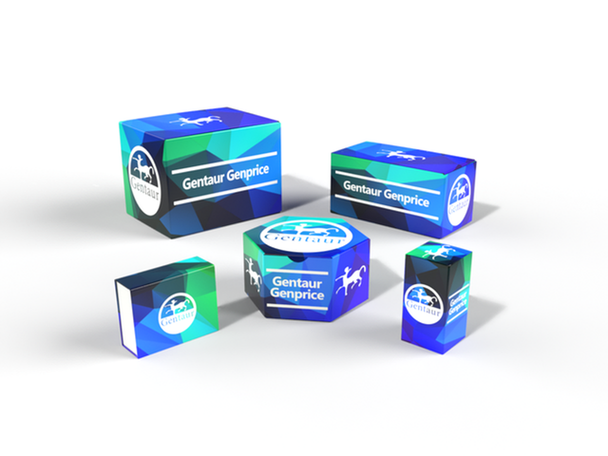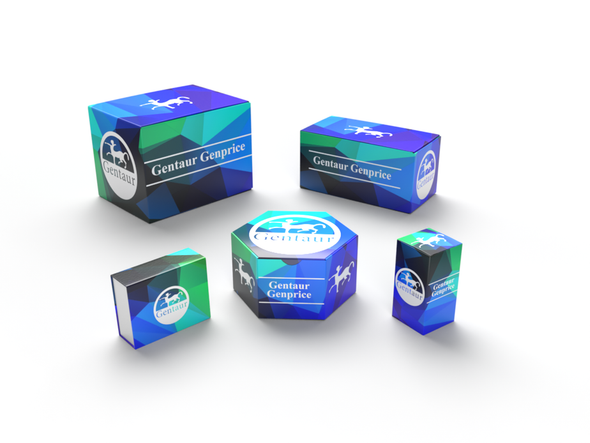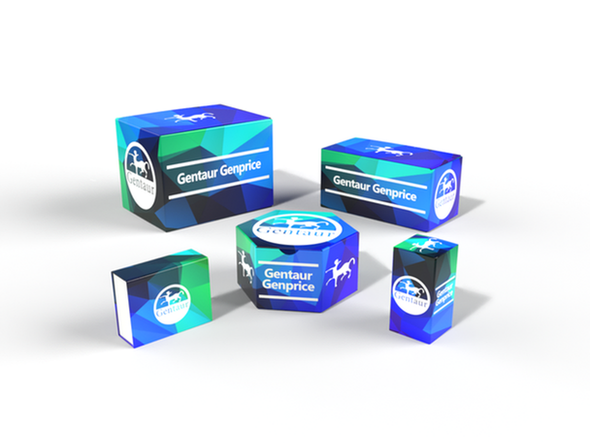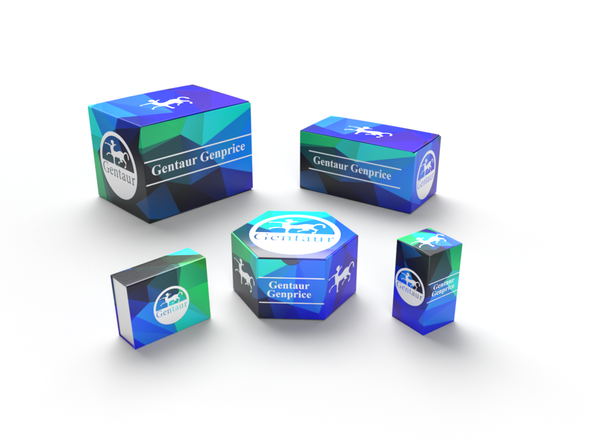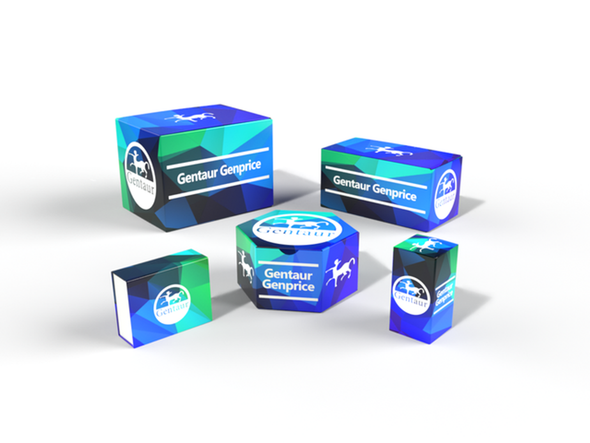Description
ACSL5 Antibody | 14-586 | Gentaur UK, US & Europe Distribution
Host: Rabbit
Reactivity: Human, Mouse, Rat
Homology: N/A
Immunogen: Recombinant fusion protein containing a sequence corresponding to amino acids 500-739 of human ACSL5 (NP_057318.2) .
Research Area: Cancer, Signal Transduction
Tested Application: WB, IHC
Application: WB: 1:500 - 1:2000
IHC: 1:20 - 1:100
Specificiy: N/A
Positive Control 1: HepG2
Positive Control 2: HL-60
Positive Control 3: Mouse liver
Positive Control 4: Rat liver
Positive Control 5: N/A
Positive Control 6: N/A
Molecular Weight: Observed: 70-76kDa
Validation: N/A
Isoform: N/A
Purification: Affinity purification
Clonality: Polyclonal
Clone: N/A
Isotype: IgG
Conjugate: Unconjugated
Physical State: Liquid
Buffer: PBS with 0.02% sodium azide, 50% glycerol, pH7.3.
Concentration: N/A
Storage Condition: Store at -20˚C. Avoid freeze / thaw cycles.
Alternate Name: ACSL5, acyl-CoA synthetase long-chain family member 5, HGNC:16526, ACS2, ACS5, FACL5, fatty-acid-Coenzyme A ligase, long-chain 5, long-chain acyl-CoA synthetase 5, long-chain fatty acid coenzyme A ligase 5, UNQ633/PRO1250
User Note: Optimal dilutions for each application to be determined by the researcher.
BACKGROUND: The protein encoded by this gene is an isozyme of the long-chain fatty-acid-coenzyme A ligase family. Although differing in substrate specificity, subcellular localization, and tissue distribution, all isozymes of this family convert free long-chain fatty acids into fatty acyl-CoA esters, and thereby play a key role in lipid biosynthesis and fatty acid degradation. This isozyme is highly expressed in uterus and spleen, and in trace amounts in normal brain, but has markedly increased levels in malignant gliomas. This gene functions in mediating fatty acid-induced glioma cell growth. Three transcript variants encoding two different isoforms have been found for this gene.

